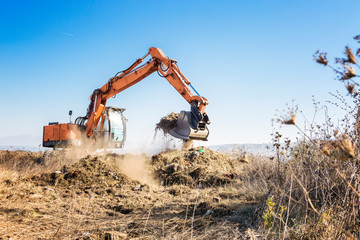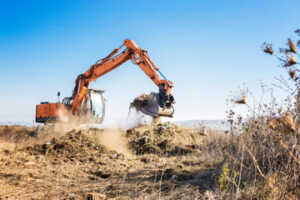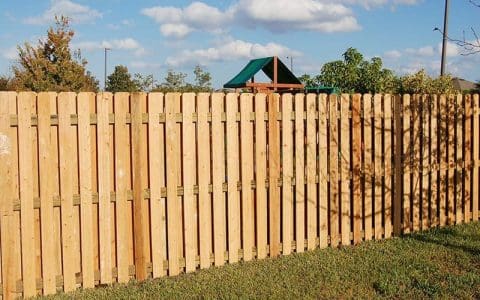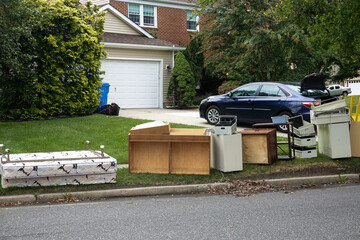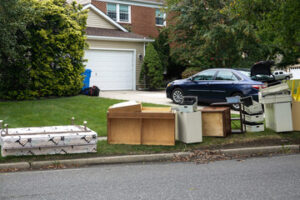A sump pump is an effective way to protect your basement from flooding. However, it’s important to ensure the device is working properly.
Start by looking for a spot where water collects on the floor during heavy rains. Next, look for a place to send the sump pump’s water discharge outside. Click the Sump Pump Installation Aurora CO to learn more.
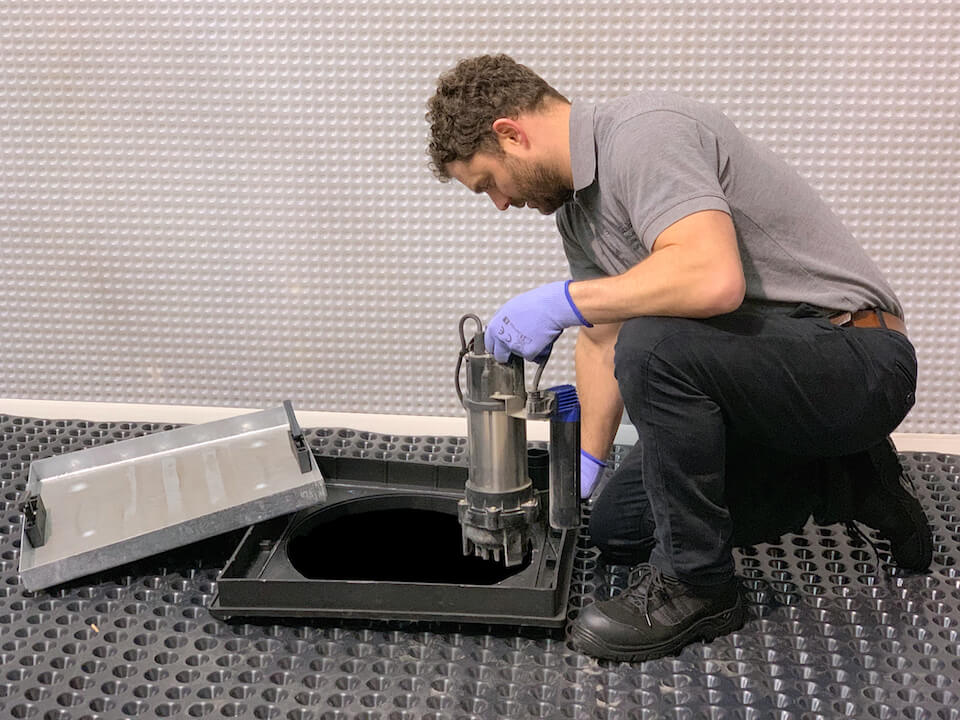
Sump pumps prevent basements from flooding by removing water and keeping the house dry. They are a wise investment for homes, but their installation costs can be high. Understanding what factors affect the cost can help homeowners plan their budgets.
The size and location of the pump can significantly change the price. A larger pump requires more materials and labor to install, especially if the pit is located in a basement rather than crawl space. The type of floor material also impacts the price since digging will be more expensive on concrete floors than on dirt or gravel ones.
In addition to the sump pump itself, homeowners will need a discharge pipe, power source, and battery backup. The discharge pipe directs water from the pump to a spot outside the home’s foundation. It’s crucial to choose a spot that is well away from the house, so water doesn’t back up into the home during a storm or if the pump fails. It’s also a good idea to install a check valve midway up the discharge pipe. It creates two connected segments in the pipe and ensures that water only flows out of (never back into) the sump pump.
Power sources also impact the cost of a sump pump. Electric pumps are cheaper but might not work during a power outage, while water-powered models and combo systems provide more reliability. Lastly, a battery backup will keep the pump running even if the electricity goes out.
Homeowners can reduce the overall sump pump cost by sticking to the basics and avoiding add-ons. Adding a backup battery, a water level alarm, or other advanced features can increase the initial price. Homeowners can also save money by keeping up with routine maintenance like cleaning and changing the pump filter.
Installation
Licensed plumbers install sump pumps and their components to ensure that the pump works properly and doesn’t lead to basement flooding. First, they dig a pit large enough to hold the pump in the chosen location and backfill it with excavated dirt. They then line the pit with coarse gravel to promote drainage and prevent the sump pump from sucking up debris or dirt that can clog it.
The next step is to install the pumps and internal equipment. This includes pump stands to elevate the pumps off the bottom of the sump pit liner and float and activation switches. Then, they connect interior discharge pipes to the pumps and run them up through the basement wall. They also connect exterior pipes to the discharge pipe and direct them a few feet away from the home to keep water from flowing back toward the foundation.
Finally, they install a check valve on the discharge pipe to prevent water from flowing back into the pit after it shuts off, which can damage the pump. They then plug the pump in and test it by pouring water into the basin until the float switch activates it. Then, they connect a battery backup to the pump to ensure that it continues working during power outages.
Choosing a suitable location for the sump pit is important to ensure that it will be easily accessible for maintenance and repairs. It should be located near a GFCI outlet so that it won’t overload the electrical system in the house. It should also be located far enough from the home’s sewer and water lines to avoid conflicts with them.
After digging the pit, a plumber will place the sump pump liner in it and cover it with coarse gravel to promote drainage. Then, they will backfill around the liner with the excavated dirt to secure it in place and ensure that it doesn’t wobble. They will then install the pump and plumbing connections, including a check valve and discharge pipe, to ensure that everything is connected properly and functioning correctly.
Maintenance
When installed properly, a sump pump will manage groundwater levels and keep moisture from infiltrating the home’s foundation. Depending on the type of soil, this can avoid the need for expensive repairs and prevent water-related health issues such as rot and mold growth.
To ensure that the system is functioning correctly, homeowners should regularly inspect the sump pump and check that all components are in good condition. This includes checking that the float switch is unobstructed and that the discharge pipe is clear of blockages. It is also a good idea to clean the pump inlet screen to remove any debris that may be hindering its performance. It is also a good idea to periodically oil the pump’s ports to maintain its efficiency.
Inspect the discharge line: The discharge pipe that runs from the pump to the exterior should be inspected regularly for obstructions or freezing. It should also be positioned so that it slopes away from the house and is not directly under a structure such as a basement or crawl space wall. If the discharge pipe is blocked, it will cause the pump to overwork and stop operating. A simple check valve can be installed on the discharge pipe to prevent this from occurring.
During the inspection, homeowners should also look at the electrical connections to make sure that they are free of corrosion and not loose or cracked. The wiring should be secured or replaced as necessary. It is also a good idea to add a surge protector or GFCI socket, which will cut power to the unit in the event of an overload or tripped circuit.
In addition, a battery backup should be added to the system to ensure that the pump will continue to operate in the event of a power outage. Regular maintenance will help the pump remain in good working condition, ensuring that it will be ready to handle the next storm or flood. It is recommended that the pump be inspected by a professional every year. A professional will be able to identify problems before they become serious and make any necessary repairs or replacements.
Replacement
If your sump pump isn’t working correctly, you can prevent costly water damage to your basement by replacing it. Choose a high-quality sump pump with a built-in alarm to protect your property from flooding. You can also install a battery backup to ensure that your sump pump works even when the power is out.
Installing a new sump pump is an easy task that can be done by a professional or a homeowner with DIY experience. First, dig the hole (sump pit) for the pump to the desired depth using a spade or fence post digger. Fill the excavation with gravel to provide a stable base for the sump pump basin. Next, clean the sump pump’s discharge pipe of any obstructions and install a drain cover to keep debris from falling into the sump basin.
Connect a flexible hose or a span of PVC pipe (with glued joints and, if necessary, elbows) from the sump pump to your home’s exterior. Make sure the pipe is insulated to avoid freezing and blocking the pump. Then, run a length of a check valve midway up the initial span of pipe to channel water away from (never back into) the sump.
You should always check local regulations before installing your sump pump to determine where the water can be safely discharged. Often, local governments limit where the water can be discharged to ensure that it doesn’t flood streets and homes. In these cases, additional work may be needed to mitigate the drainage problems, such as discharge pipe extensions, dry well installations, rain gardens, or retention/detention ponds.
In addition to a properly functioning sump pump, homeowners can reduce the risk of flooding by ensuring that gutters are in good repair and that downspouts are large enough to handle heavy rain and that the land is graded so it doesn’t flow downhill toward your foundation. In addition, you should test your sump pump regularly and replace it when it becomes damaged or worn. A faulty or outdated sump pump can be dangerous and expensive to own. Fortunately, there are many ways to save money on a sump pump installation, so you can protect your property and stay safe during a storm.

